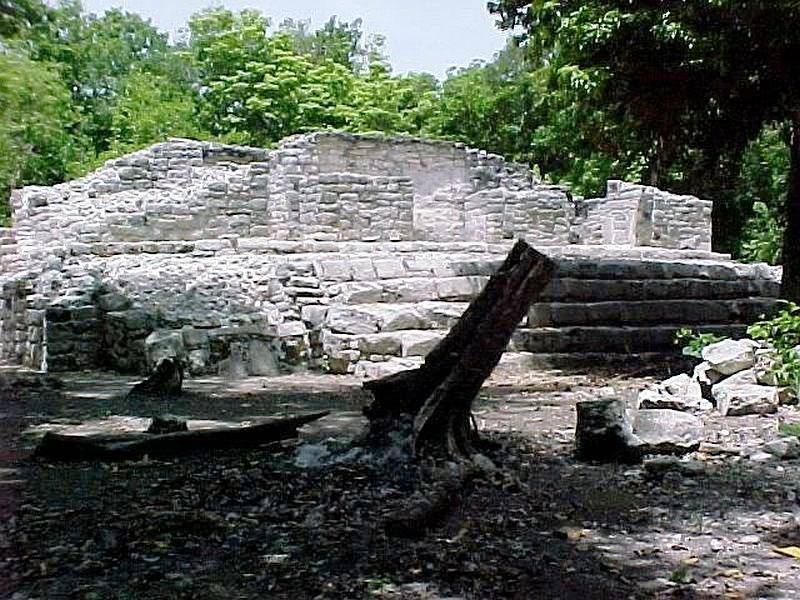The Archaeological Site of Xel Ha: A Window into Maya Civilization
Xel Ha, translating to “Spring Water” in Yucatek Maya, stands as a testament to the ingenuity and cultural richness of the Maya civilization. This archaeological site, often overshadowed by its namesake tourist resort, offers a unique glimpse into the Maya’s architectural, religious, and social practices. Located on the Maya Riviera, Xel Ha’s strategic position along the Caribbean coast facilitated its role as a crucial trade port and pilgrimage embarkation point, particularly to the sacred shrine of Ix Chel on Cozumel Island.
Get your dose of History via Email
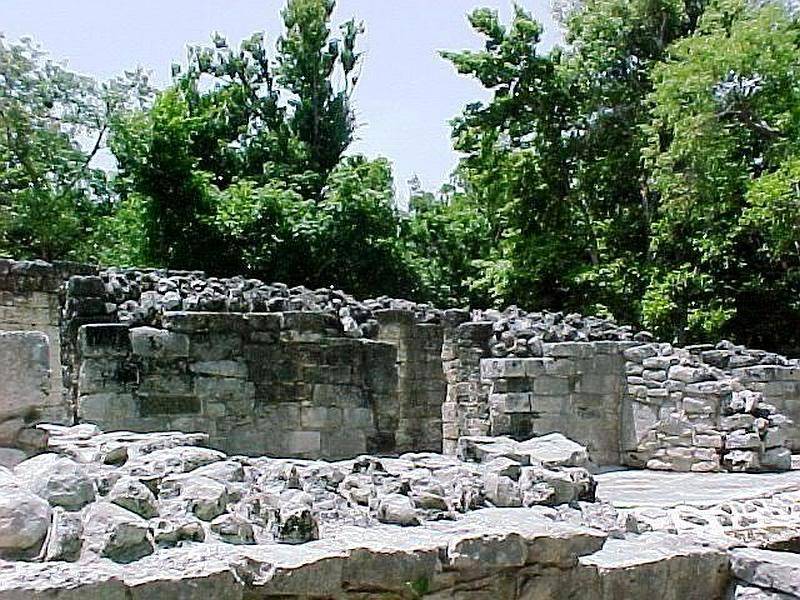
Historical Overview
The settlement history of Xel Ha spans from the Late Preclassic (300 BCE-250 CE) through the Post Classic (1150-1500 CE) periods. Its significance as a trade hub and religious site is underscored by its connection to larger inland settlements, such as Coba, and its role in the extensive trade routes that linked regions as far apart as Honduras and Veracruz. The site’s architecture and artifacts, including ceramics and murals, provide valuable insights into the cultural exchanges and influences that shaped this Maya port.
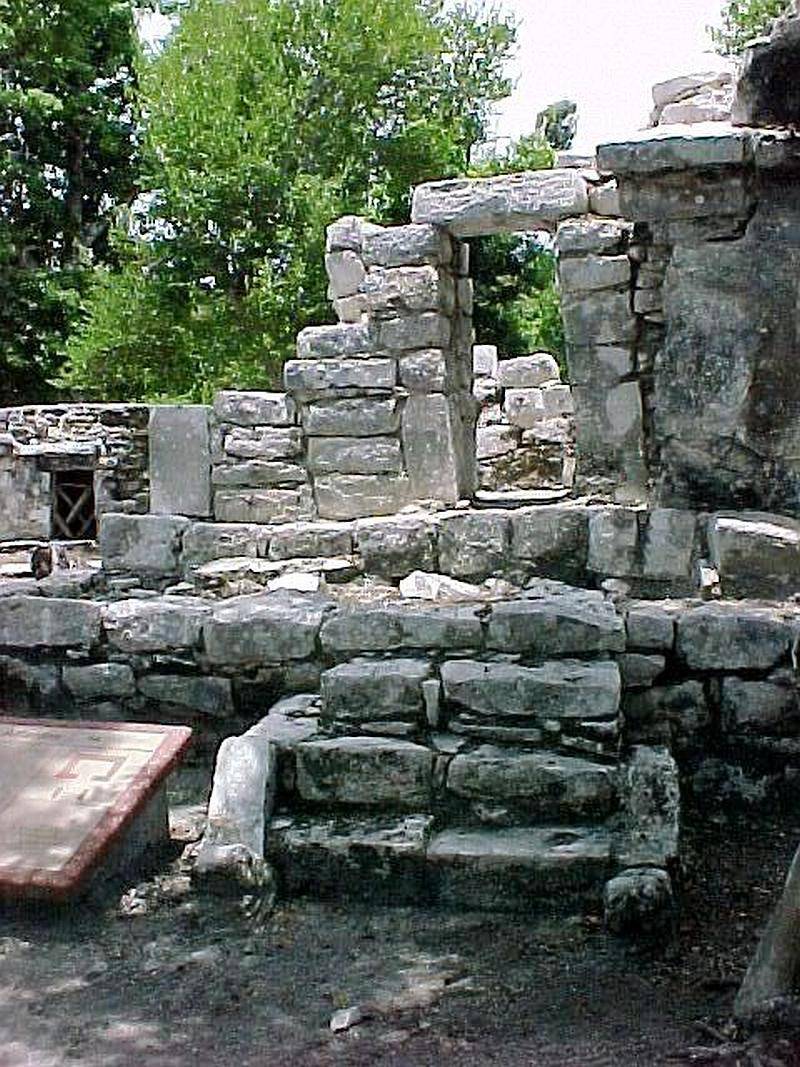
Architectural Highlights
Xel Ha is divided into four main groups, with Groups B and C being accessible to visitors. The site’s layout, featuring an inlet leading to a sheltered lagoon and a large freshwater cenote, exemplifies the Maya’s adeptness at selecting and utilizing natural landscapes for their settlements. Among the notable structures is the House of Birds in Group B, which houses well-preserved murals dating from the Early Classic period. These murals, with their vibrant colors and intricate designs, offer a window into the artistic and religious expressions of the Maya.
Another significant structure is the Jaguar Temple in Group C, located near a fresh water cenote. The temple’s murals, including the image of the Diving Jaguar, highlight the religious and mythological significance of jaguars in Maya culture. This structure, along with the others surrounding the small plaza, underscores the ceremonial importance of this area within the site.
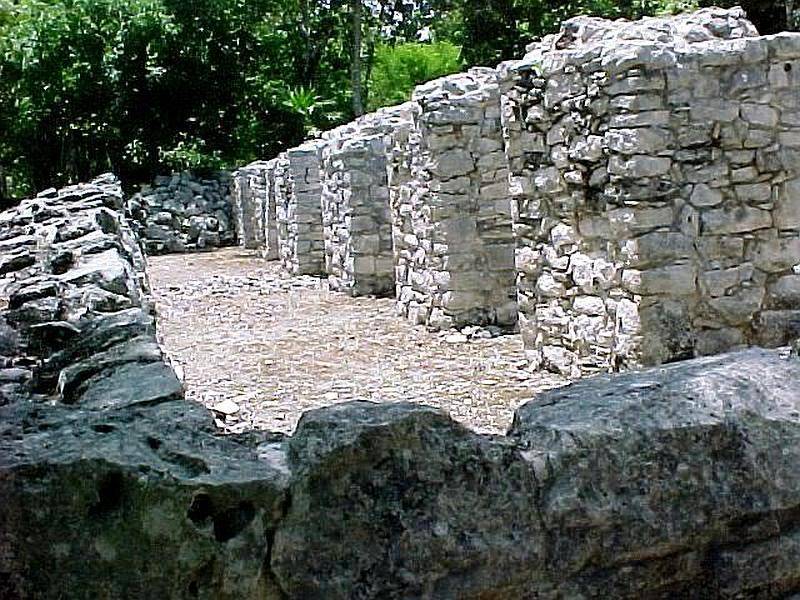
Trade and Pilgrimage
Xel Ha’s role as a trade port and pilgrimage site is further evidenced by the sacbe (raised white stone road) leading from Coba, suggesting a direct connection between these two important Maya centers. The site’s location made it an ideal point for pilgrims traveling to Cozumel to worship Ix Chel, the Maya goddess of fertility and medicine. This aspect of Xel Ha’s history highlights the interconnectedness of Maya settlements through trade and religious practices.
Archaeological Investigations
The first recorded mention of Xel Ha was by Samuel Lothrop in 1924, with significant investigations undertaken by Arlen Chase, Arthur Miller, and Nancy Chase in 1975. Subsequent excavations and consolidations by INAH in the 1970s and 1980s, under the direction of Fernando Robles Castellanos, have contributed to our understanding of the site’s complexity and significance. Ongoing research continues to uncover the layers of history embedded within this ancient Maya port.
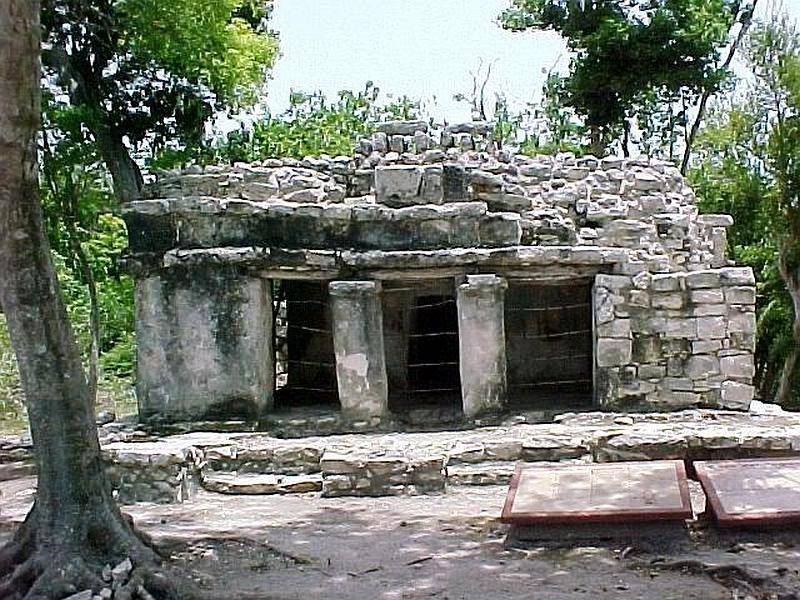
Conclusion
Xel Ha offers a fascinating glimpse into the Maya civilization, revealing the intricate connections between trade, religion, and architecture that defined this ancient society. The site’s well-preserved structures and murals provide invaluable insights into the cultural and religious practices of the Maya, making Xel Ha a critical location for understanding the broader dynamics of Maya civilization. As investigations continue, Xel Ha is poised to offer even more revelations about the rich tapestry of Maya history.
Sources:

